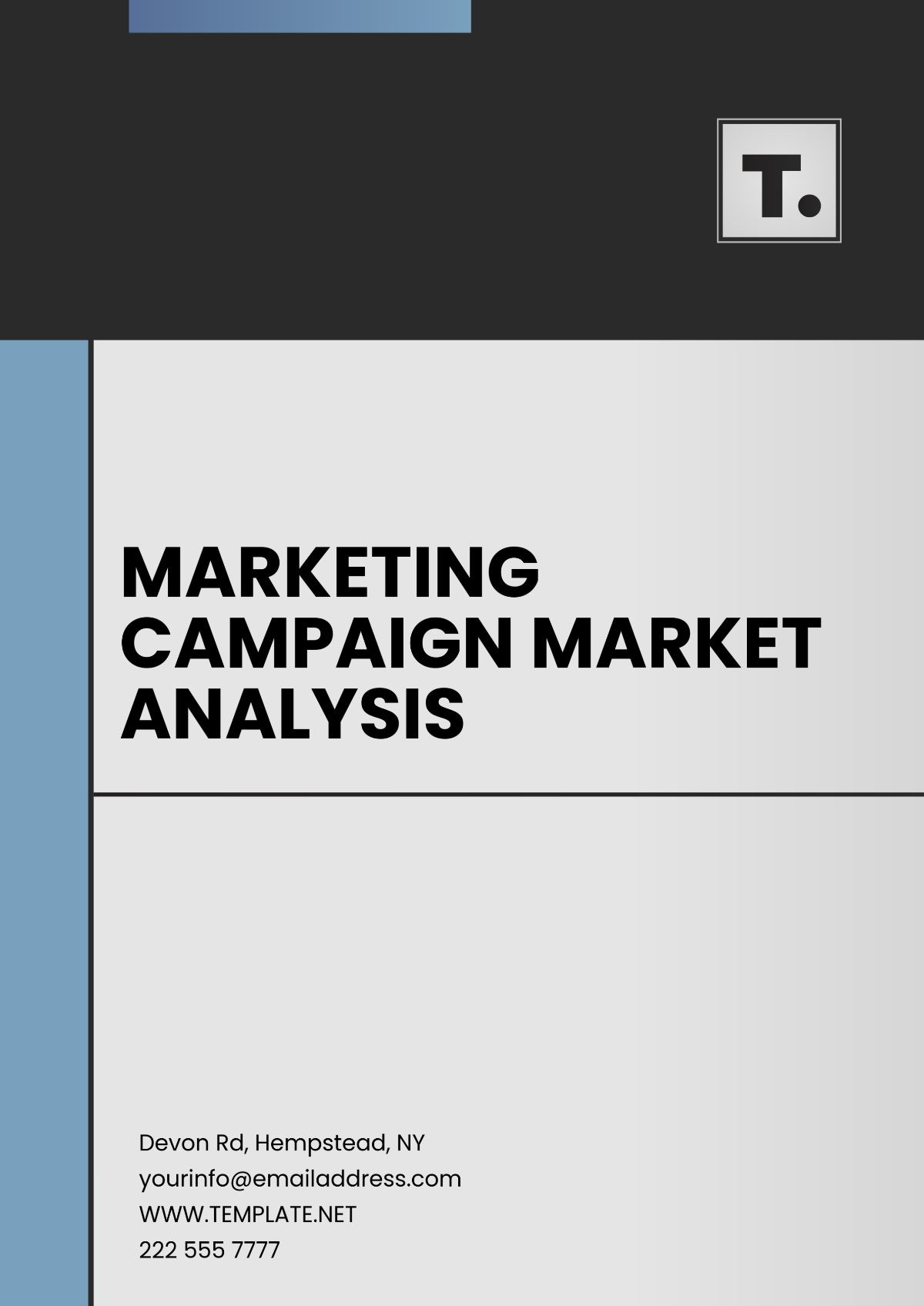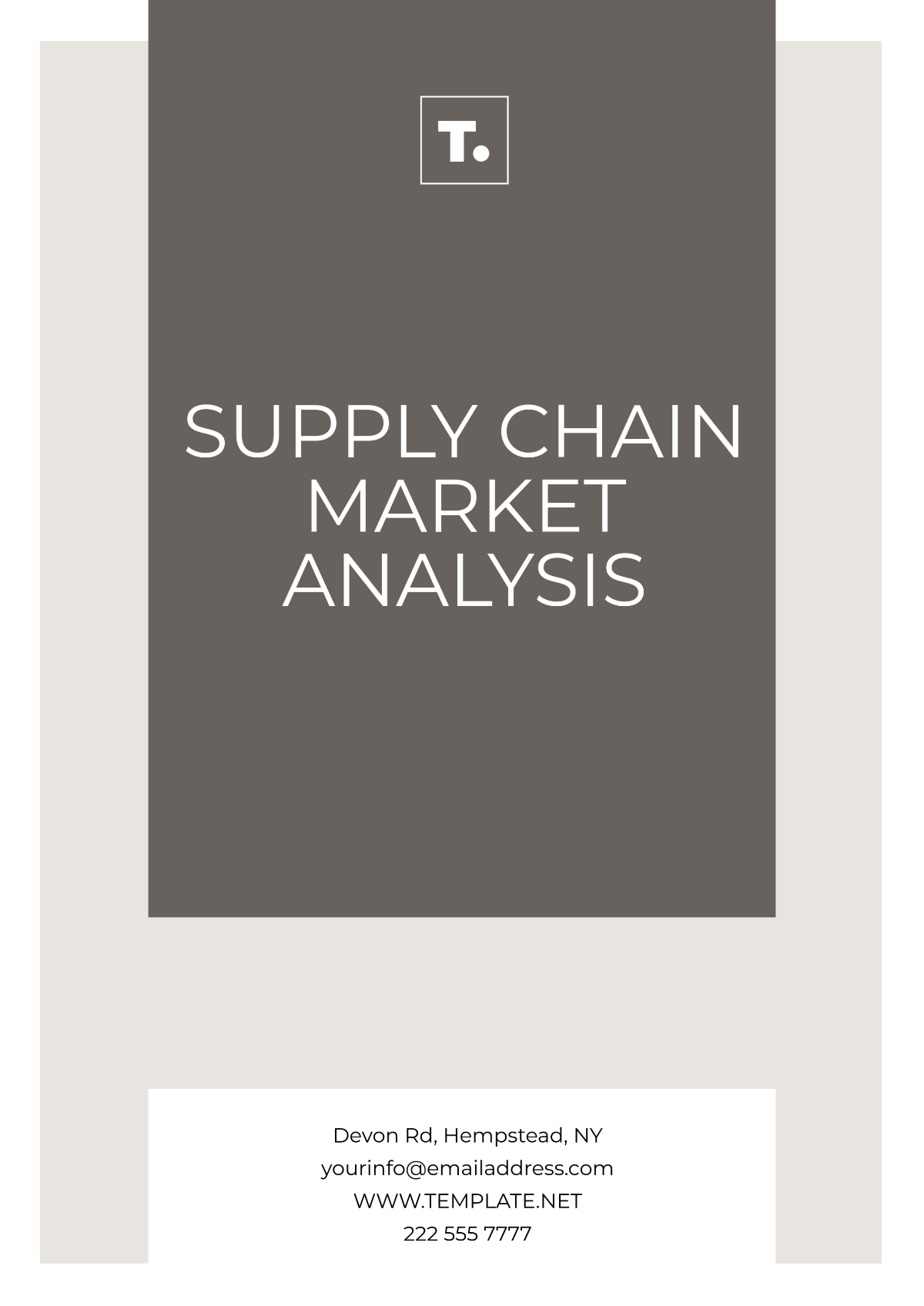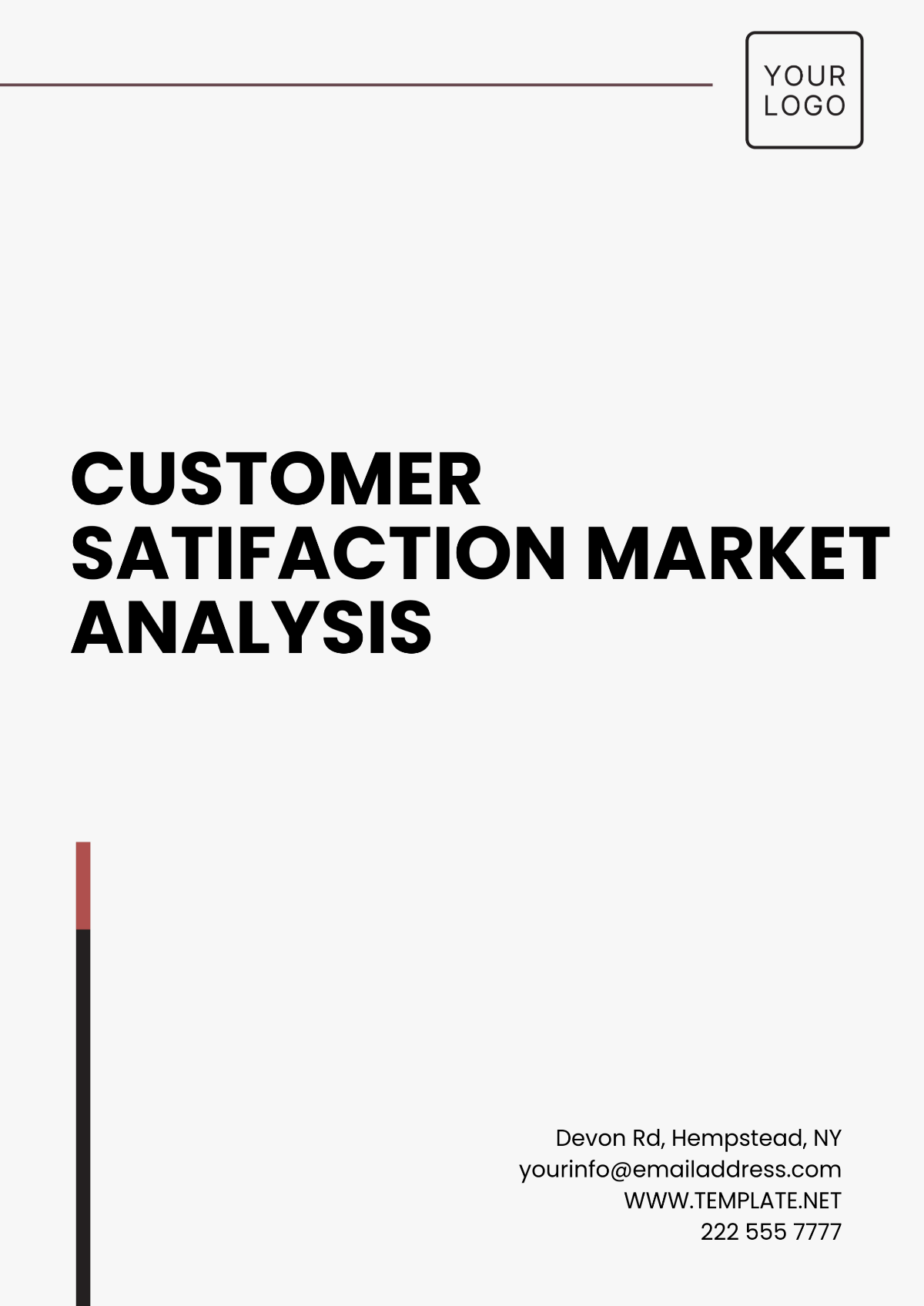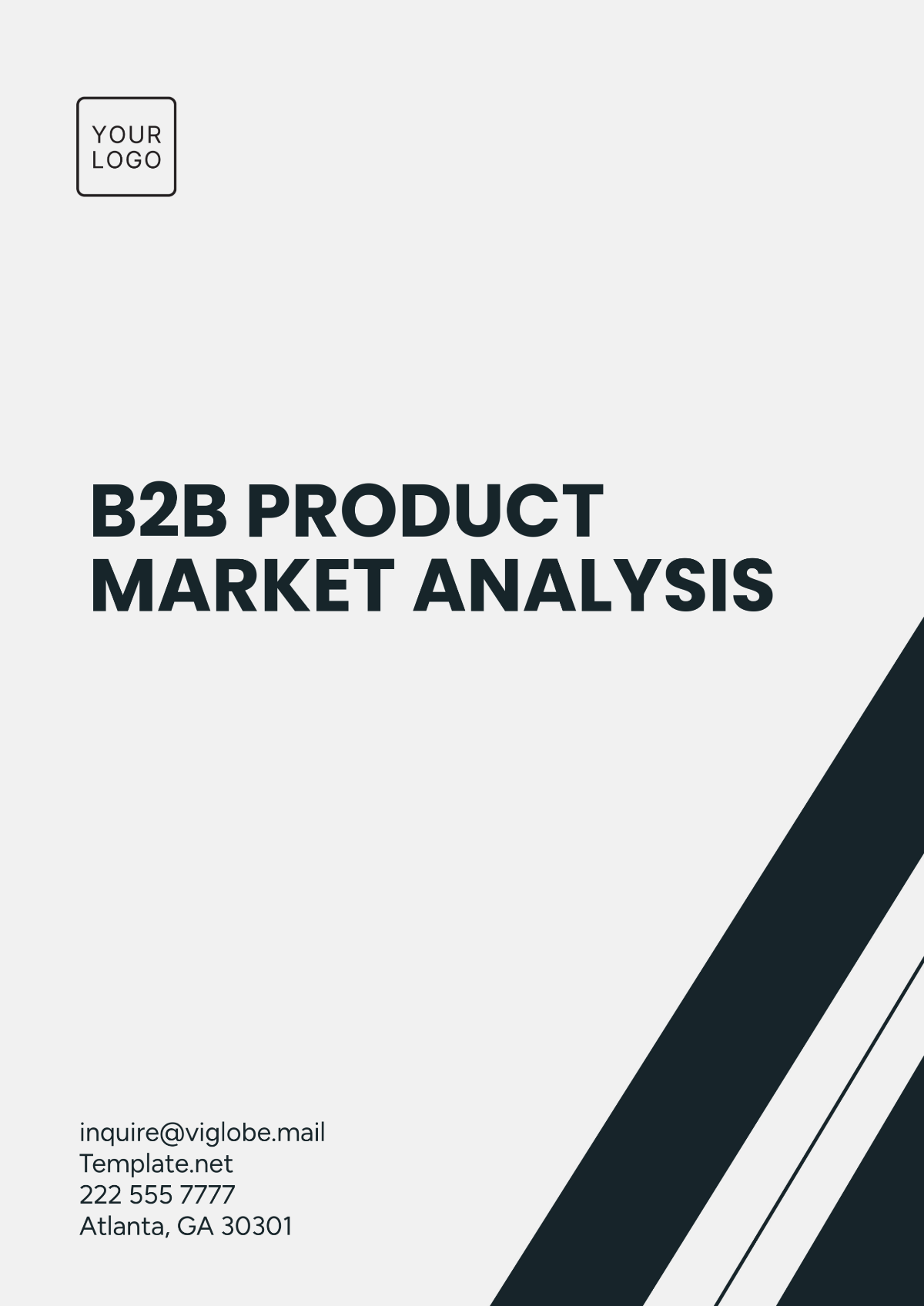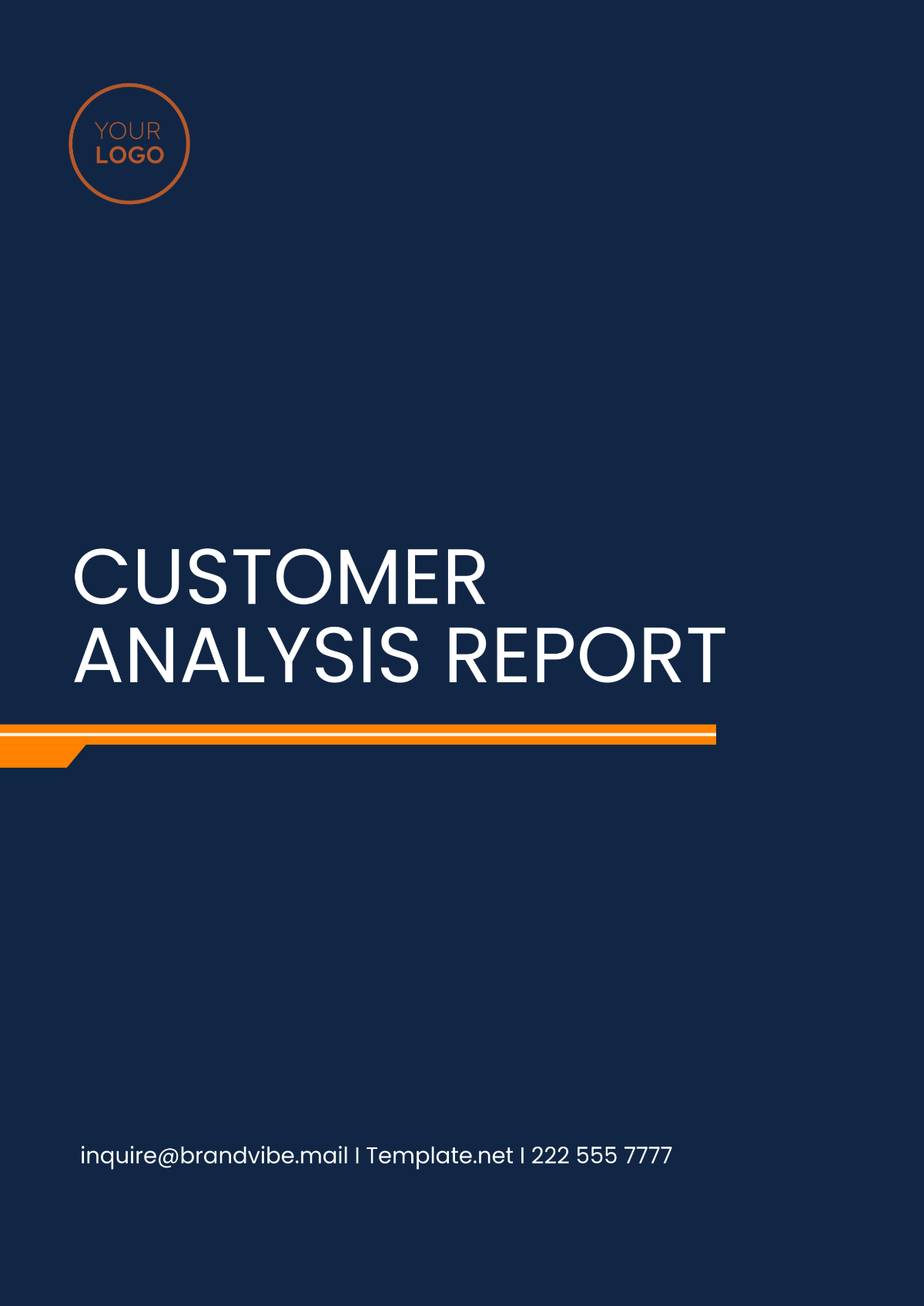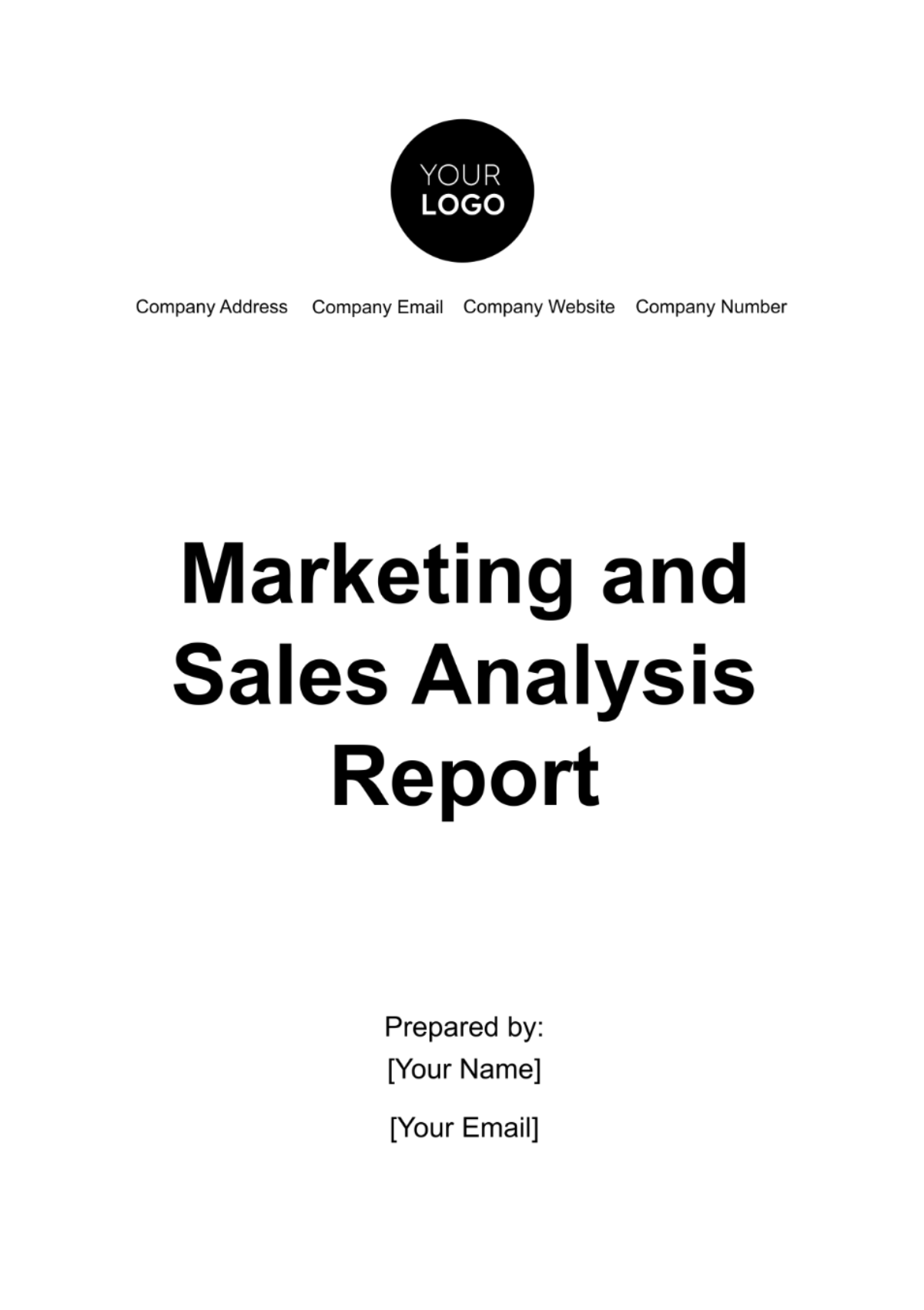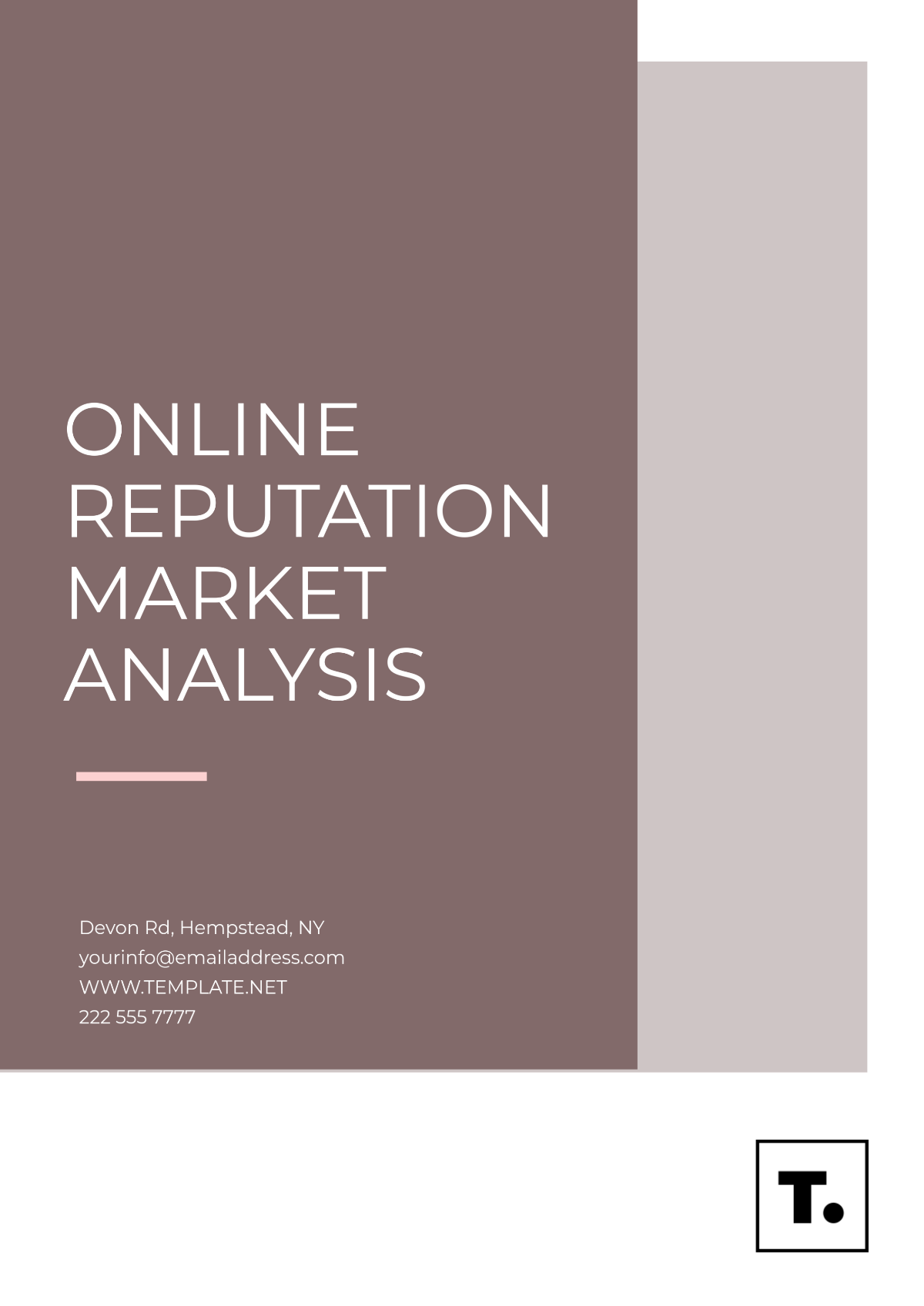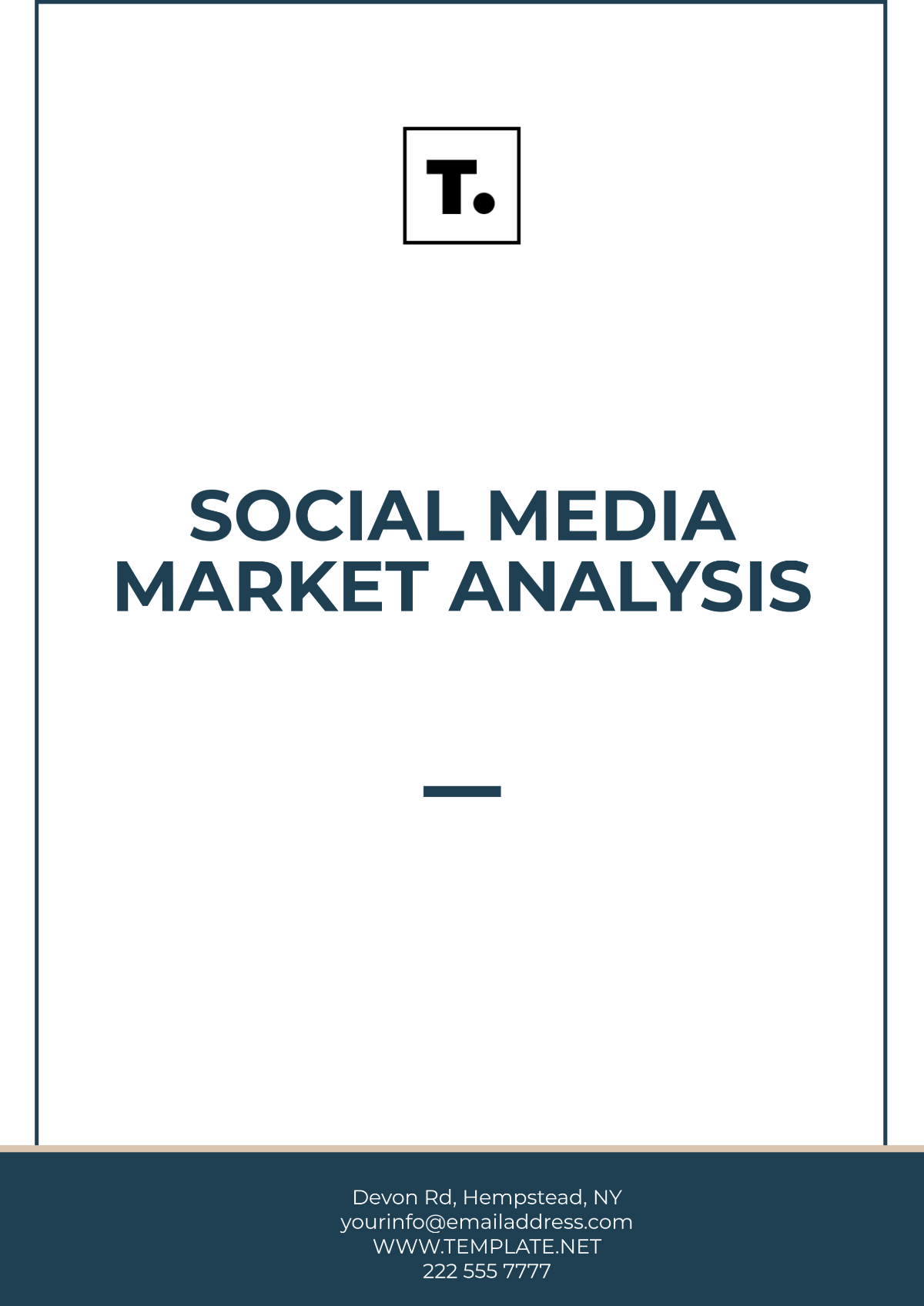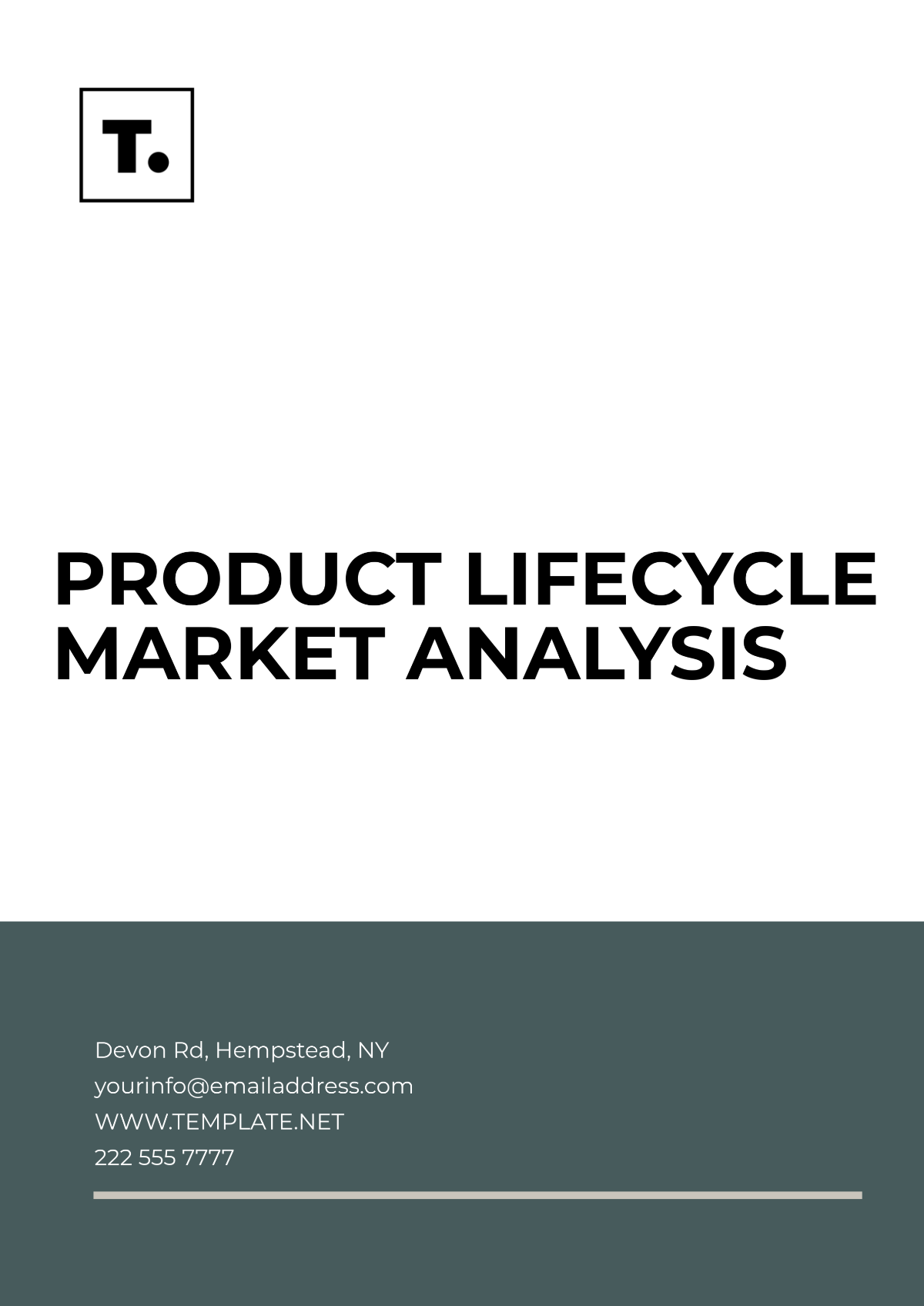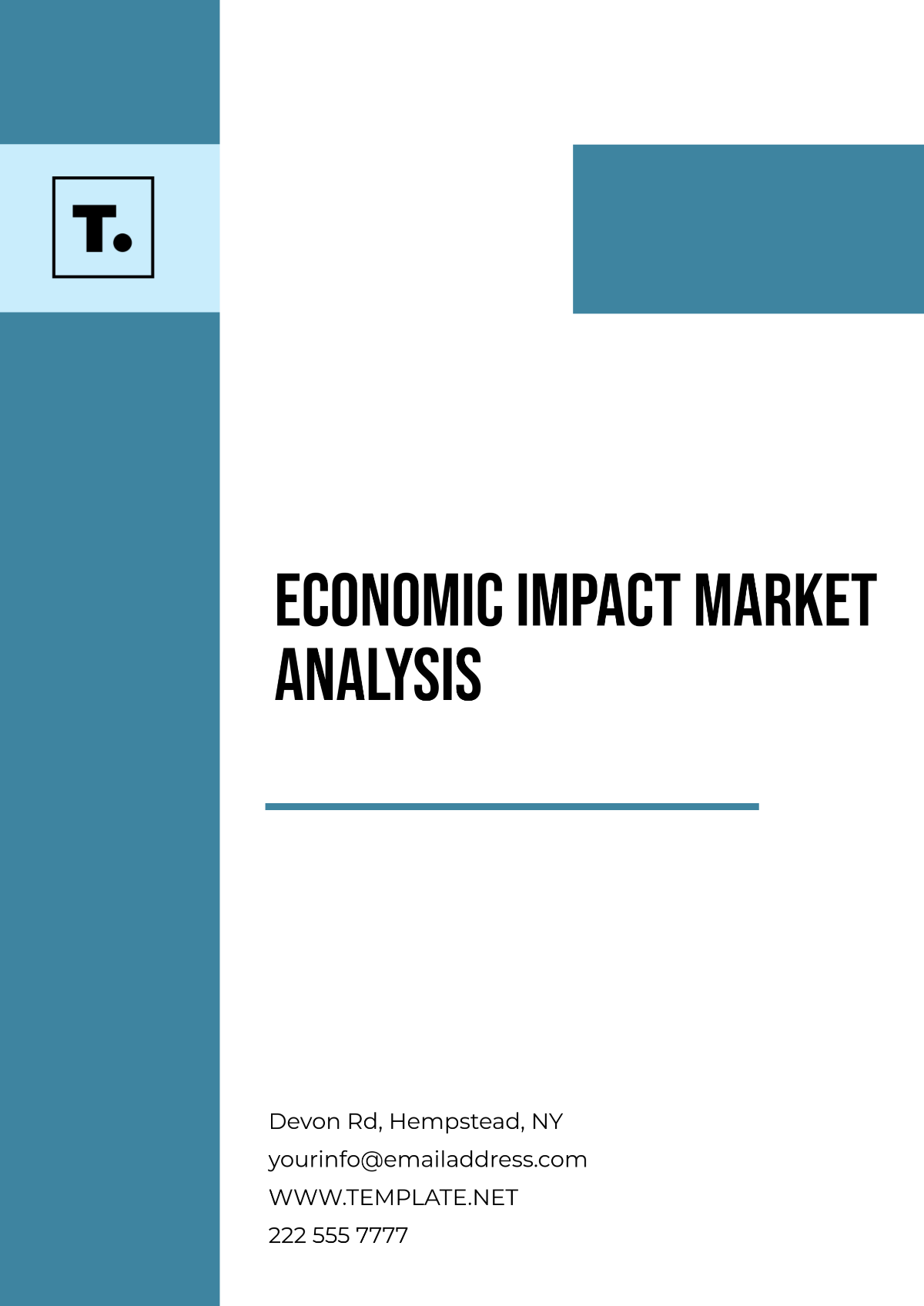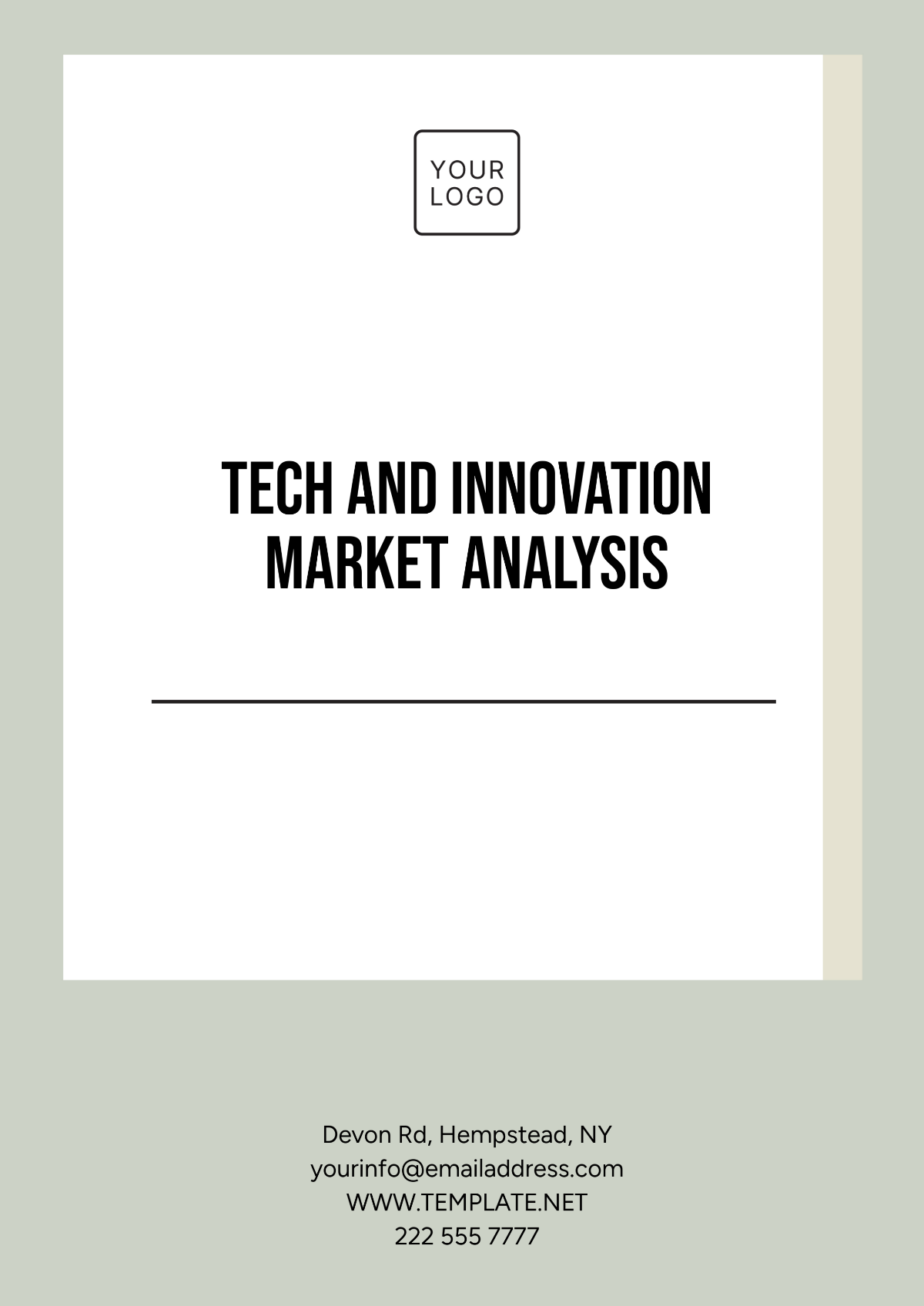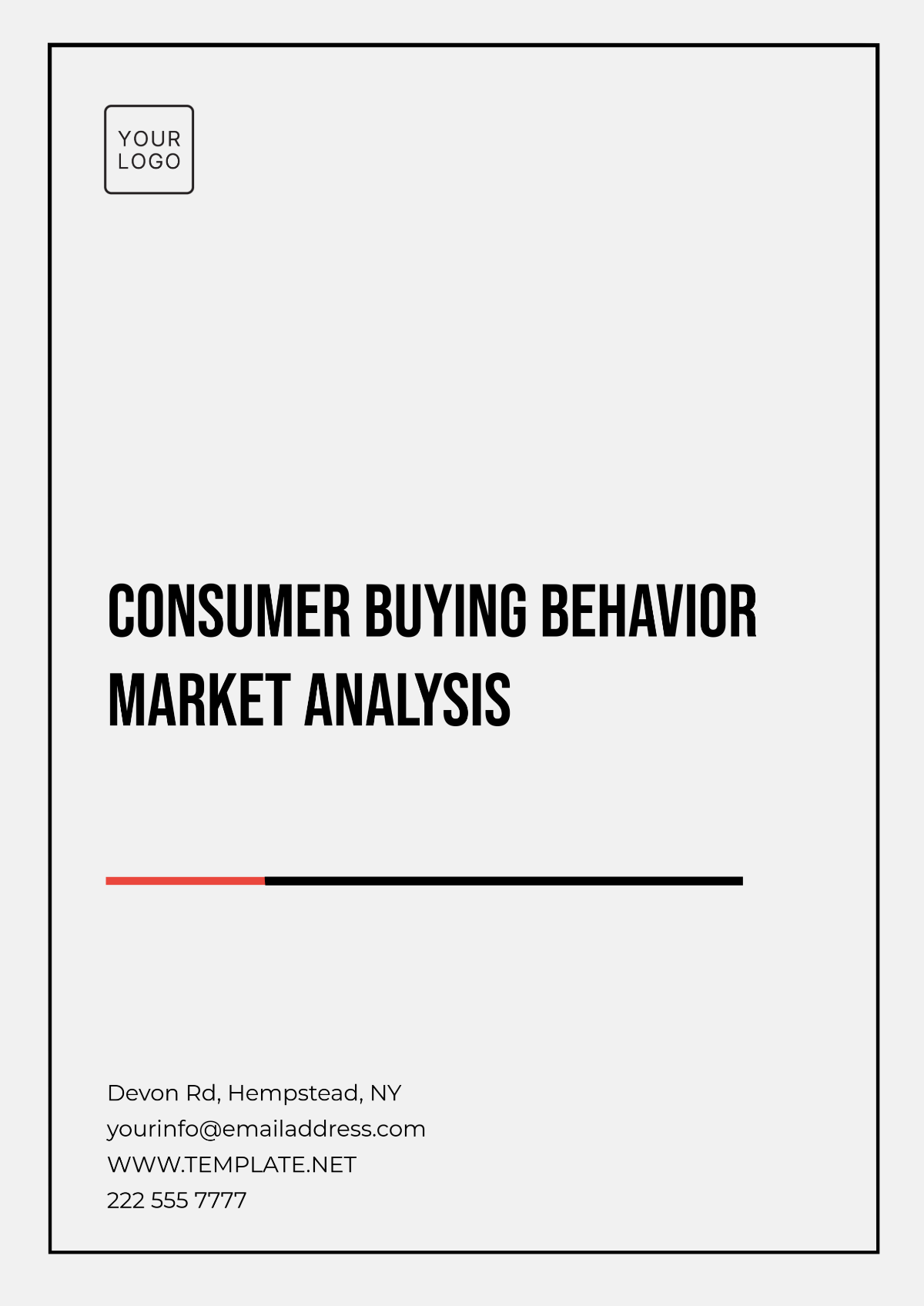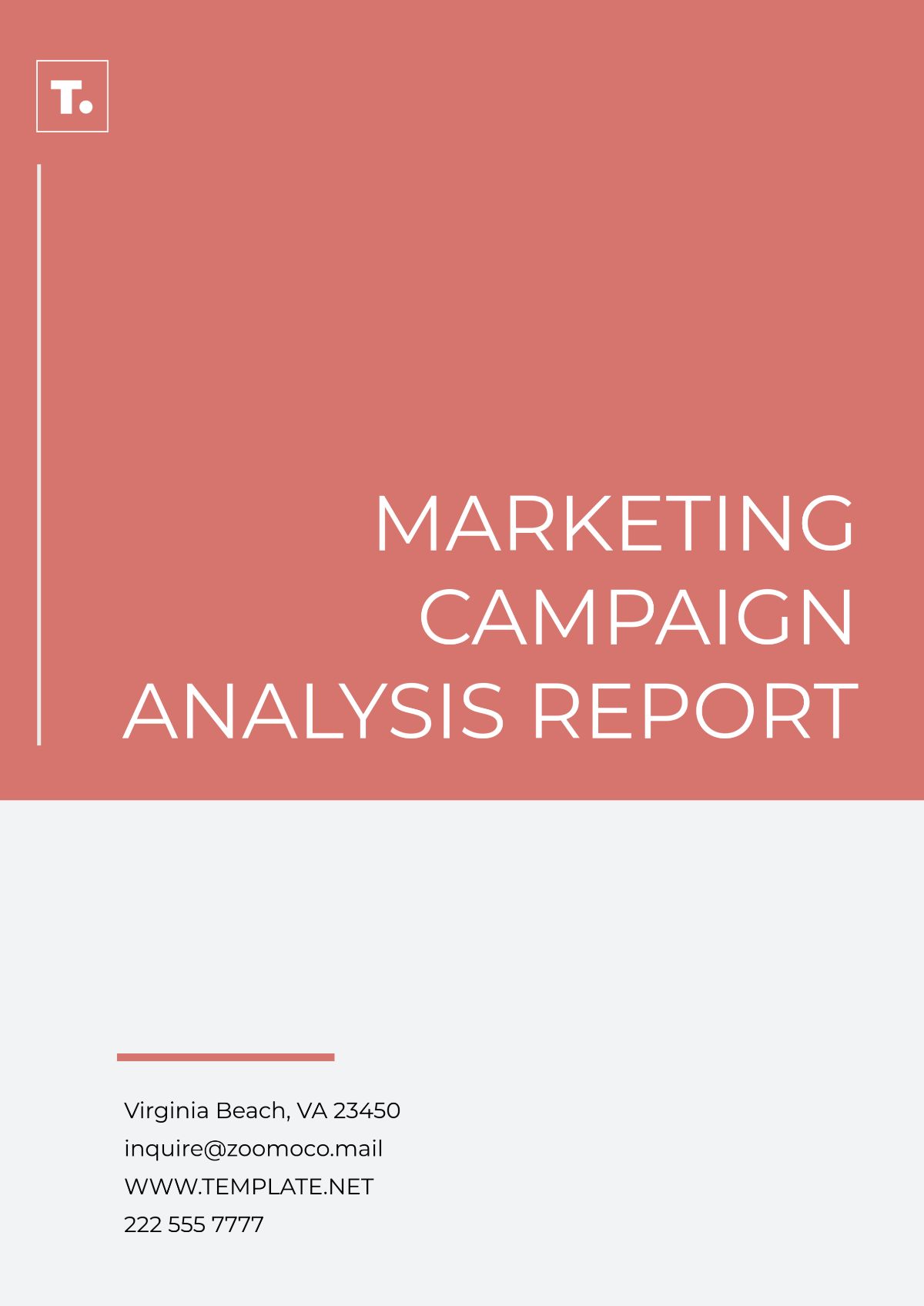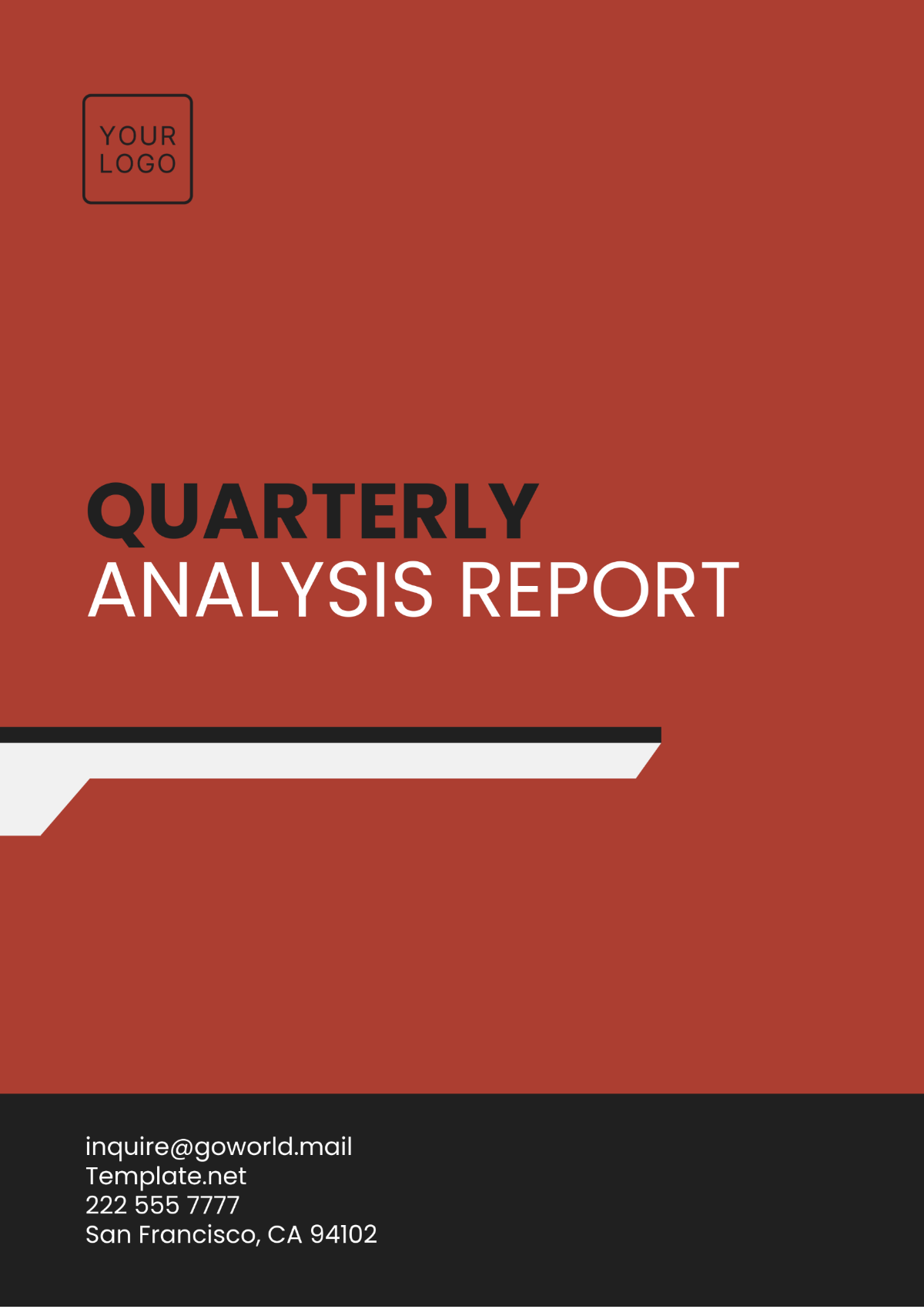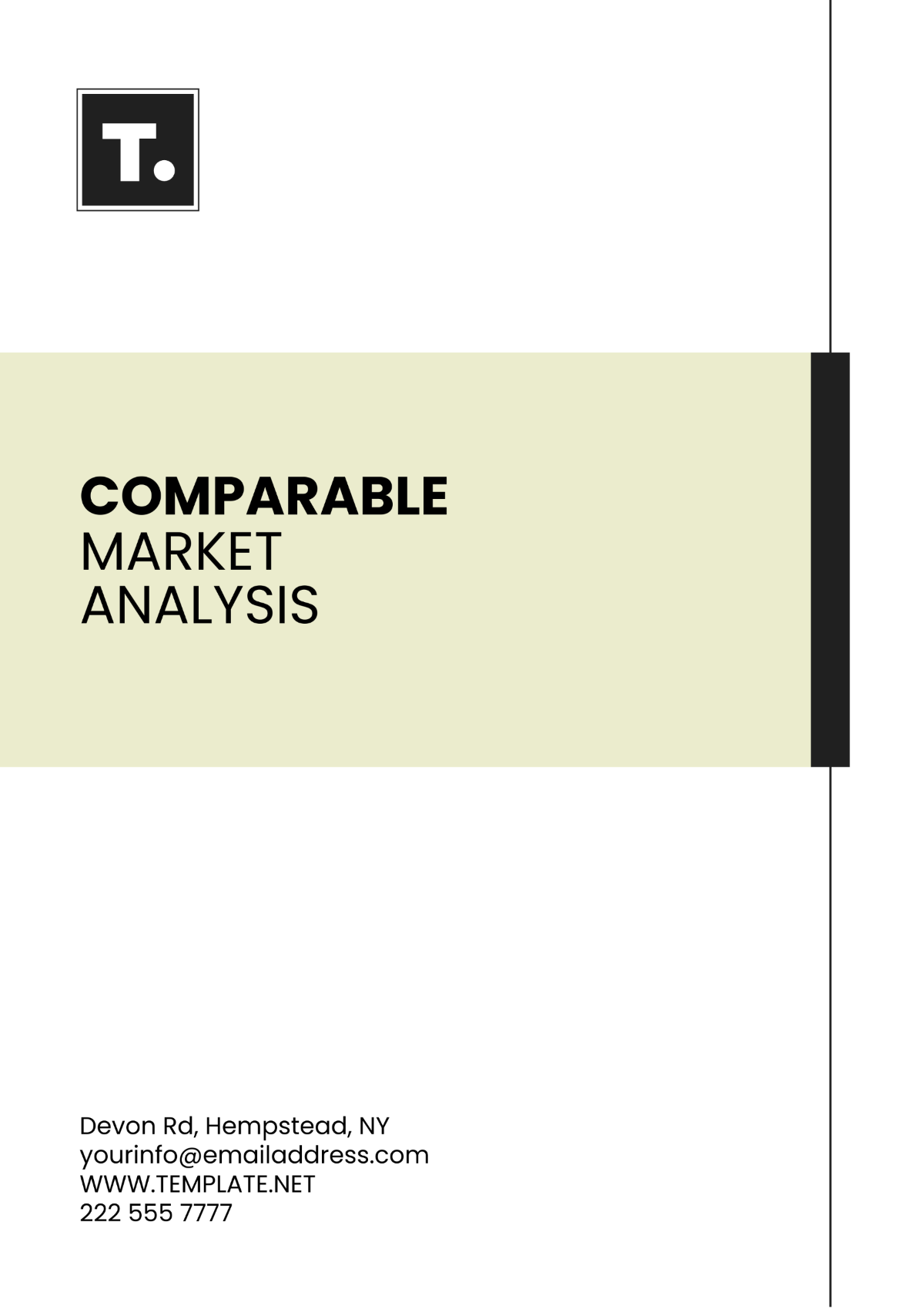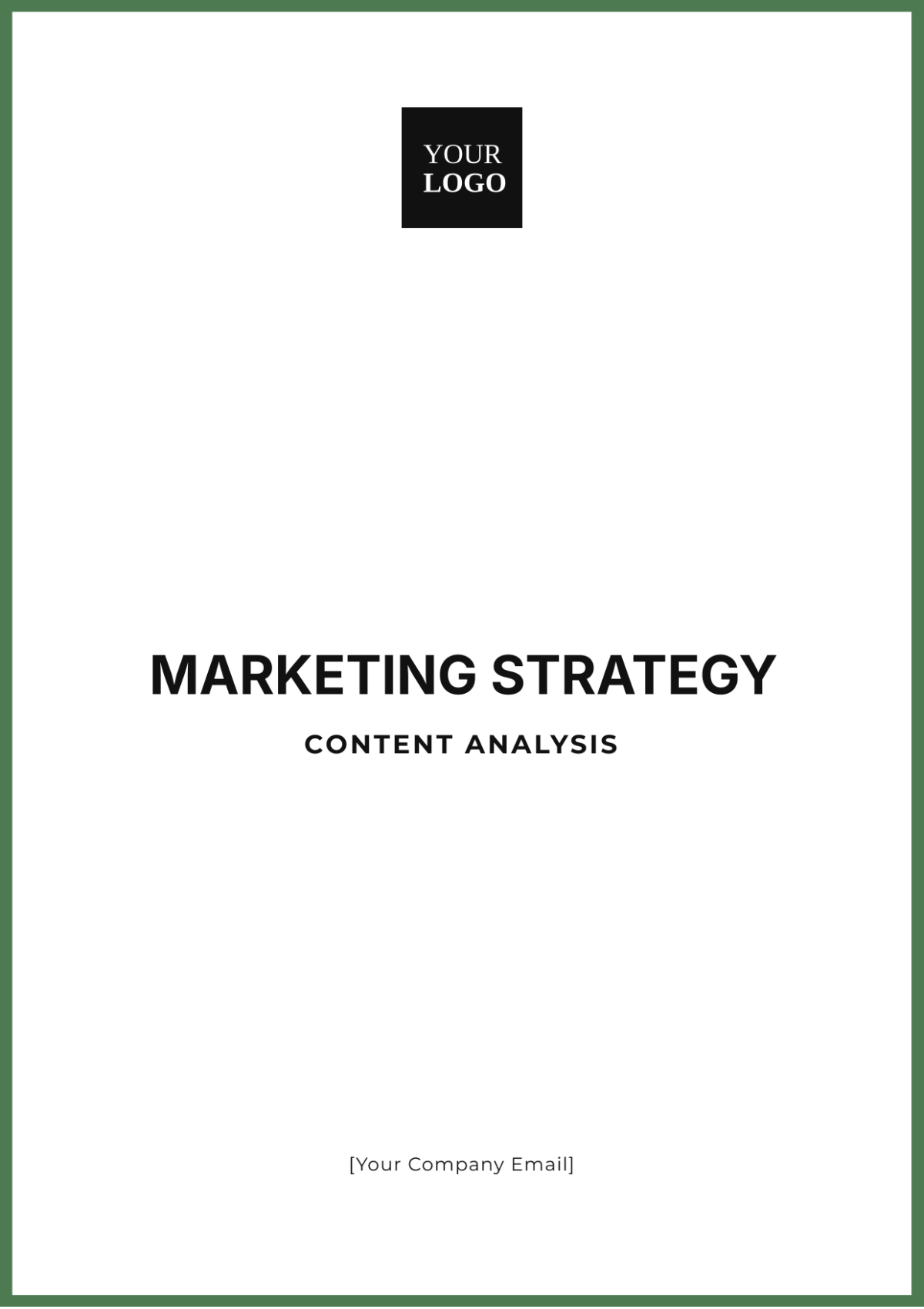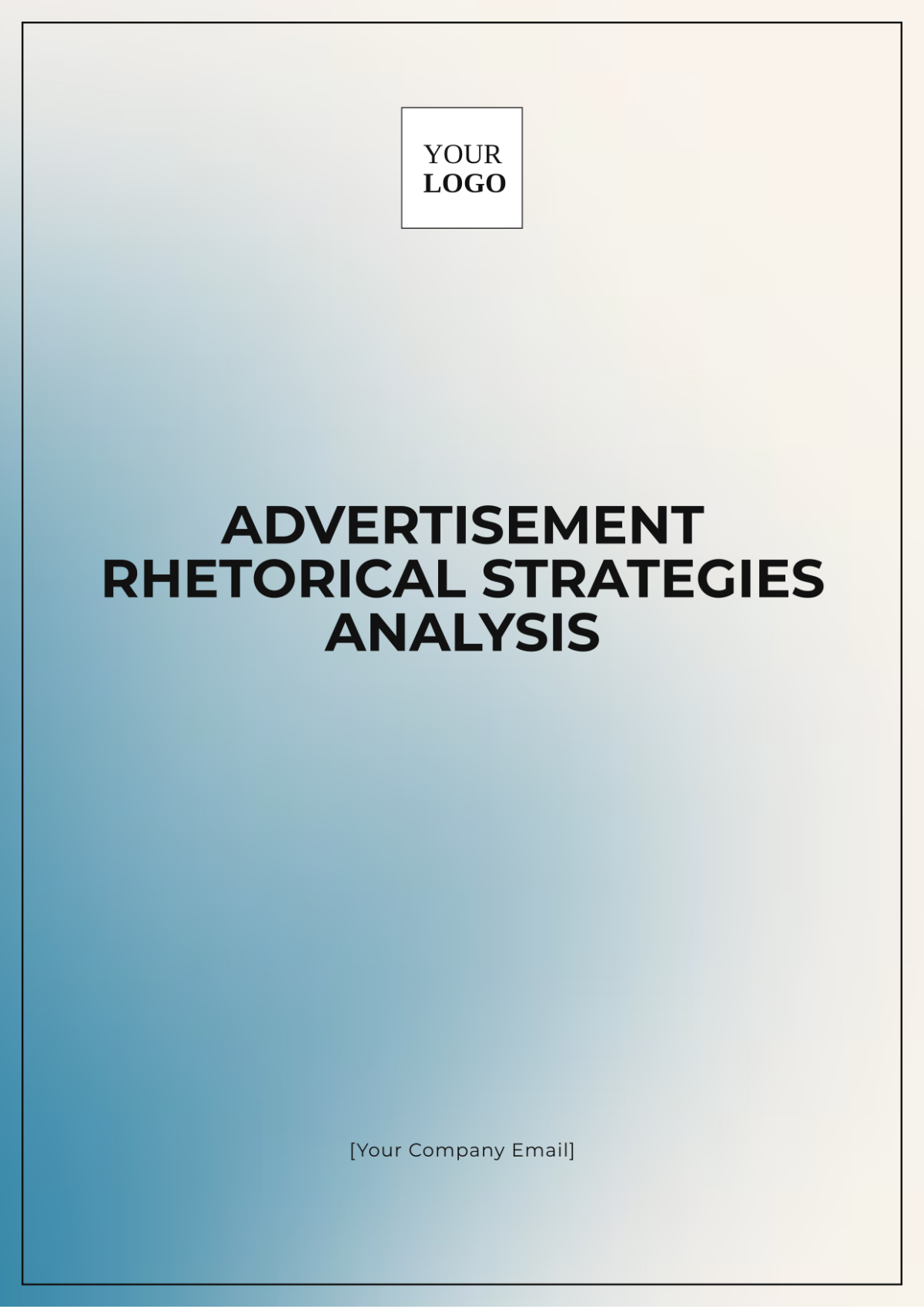Go-to-Market Customer Retention Analysis
I. Introduction
Customer retention is a critical factor in ensuring long-term profitability and business sustainability. While customer acquisition is essential, retaining an existing customer is not only more cost-effective but also provides higher returns on investment. Studies indicate that it costs five times more to attract a new customer than to retain an existing one. Moreover, a mere 5% increase in customer retention can lead to a profit increase of anywhere between [25%] and [95%]. This Go-to-Market (GTM) Customer Retention Analysis is designed to help [Your Company Name] develop, assess, and implement strategies that optimize customer retention, enhance customer lifetime value (CLV), and ensure a stable revenue base through the year 2050 and beyond.
II. Purpose of Customer Retention
Customer retention goes beyond repeat transactions—it's about fostering brand loyalty, creating positive experiences, and maintaining consistent engagement. In this section, we will dive into the key reasons why customer retention is fundamental to [Your Company Name]'s long-term success.
A. Enhancing Customer Lifetime Value (CLV)
Definition of CLV:
Customer Lifetime Value (CLV) refers to the total revenue a business can expect from a single customer over the duration of their relationship. For [Your Company Name], increasing CLV through retention ensures a steady cash flow, even if acquisition rates fluctuate. This steady cash flow can provide the necessary funding for future innovations and improvements in products or services.CLV and Retention Correlation:
Studies predict that businesses with high retention rates can increase CLV by as much as [50%] over the next decade. This significant increase can be achieved through upselling, cross-selling, and repeat purchases, all of which are facilitated by strong retention strategies. Moreover, a loyal customer base not only contributes to immediate sales but also leads to an ongoing relationship that can yield substantial returns over time.Impact of CLV on Revenue:
By focusing on customer retention, [Your Company Name] can expect a compound effect on profitability. If the company retains just [10%] more of its customer base annually, it could see a projected revenue increase of [$10 million] by 2055. This increase in revenue can be reinvested into business growth strategies, employee training, and technology enhancements, creating a virtuous cycle of improvement and profitability.
B. Lower Acquisition Costs
Cost Savings:
Acquiring a new customer costs [5-7] times more than retaining an existing one. By reducing acquisition spending and diverting those funds toward retention programs, [Your Company Name] can allocate its budget more effectively. This shift in budget allocation allows for the development of more sophisticated retention campaigns that can yield significant returns.Customer Advocacy:
Loyal, retained customers often act as brand advocates, reducing the need for marketing expenditures. Word-of-mouth referrals, user-generated content, and online reviews by existing customers can significantly lower customer acquisition costs. This organic form of marketing is not only more cost-effective but also tends to yield higher-quality leads, as referred customers are often more pre-qualified.Data and Personalization:
Retained customers generate valuable data that allows [Your Company Name] to create personalized experiences. The more personalized the experience, the more likely a customer is to stay loyal, resulting in lower churn and higher retention rates. By analyzing customer behavior patterns, preferences, and feedback, [Your Company Name] can tailor marketing messages and product offerings to resonate with individual customer needs.
III. Current Customer Retention Performance
To develop an actionable Go-to-Market strategy, we must first evaluate [Your Company Name]'s current retention metrics. This section will outline key performance indicators (KPIs) and analyze current trends.
A. Customer Retention Rate (CRR)
Current CRR:
As of 2050, [Your Company Name] has a customer retention rate of [78%], meaning that [22%] of customers are churning annually. This churn rate suggests that there are significant opportunities to engage with customers who may be at risk of leaving.Industry Benchmark:
The average retention rate in the industry is approximately [85%]. Thus, there is room for improvement, and strategic initiatives should aim to meet or exceed this benchmark by 2052. By analyzing successful retention strategies from industry leaders, [Your Company Name] can adopt best practices to enhance its own performance.Retention by Customer Segment:
Certain customer segments, such as enterprise clients, have a higher retention rate of [90%], while smaller businesses show a lower rate of [65%]. This variance suggests that personalized retention efforts should be segmented accordingly. Tailoring strategies for different customer segments can ensure that [Your Company Name] addresses unique needs effectively, leading to improved retention across all categories.
Customer Segment | Current Retention Rate | Potential Retention Improvement |
|---|---|---|
Enterprise Clients | [90%] | [5%] |
Small Businesses | [65%] | [10%] |
Mid-Market Clients | [75%] | [8%] |
New Customers (0-1 year) | [60%] | [15%] |
B. Customer Churn Rate
Churn Analysis:
Currently, [Your Company Name] faces an annual churn rate of [22%], which results in significant lost revenue. A [1%] reduction in churn could generate an additional [$2 million] annually, underscoring the need for targeted retention measures. This lost revenue can severely impact cash flow and future growth opportunities.Key Churn Drivers:
The primary reasons for churn include:Pricing concerns: [45%] of churned customers cite pricing as their primary reason for leaving. This suggests that competitive pricing strategies must be implemented to retain price-sensitive customers.
Customer service issues: [30%] attribute their churn to poor customer service experiences. Ensuring that customer support is prompt, knowledgeable, and helpful can directly improve retention rates.
Product dissatisfaction: [25%] leave due to unmet expectations regarding product features or performance. Regular product updates and enhancements based on customer feedback are essential to address this issue.
Churn Drivers | Percentage of Churned Customers |
|---|---|
Pricing Concerns | [45%] |
Customer Service Issues | [30%] |
Product Dissatisfaction | [25%] |
C. Net Promoter Score (NPS)
Current NPS:
[Your Company Name] maintains an NPS of [+50], which is a good indicator of customer satisfaction. However, there is potential to increase this score to [+70] by 2055 through better customer engagement and service initiatives. A higher NPS not only reflects customer satisfaction but also correlates with increased loyalty and advocacy.NPS and Retention:
Customers with a higher NPS are [2-3] times more likely to remain loyal and engage in repeat purchases. Thus, efforts to increase NPS should directly correlate with an increase in retention rates. Implementing regular surveys to gauge customer sentiment can help track NPS and identify areas needing improvement.
IV. Strategies for Improving Customer Retention
This section outlines the core strategies [Your Company Name] will adopt to improve customer retention. These strategies will align with future market trends and leverage technology advancements projected for the 2050s.
A. Personalization and Customization
AI-Driven Personalization:
By 2050, artificial intelligence (AI) has reached unprecedented levels of sophistication. [Your Company Name] can leverage AI to provide hyper-personalized customer experiences, including tailored product recommendations, individualized communication, and real-time engagement solutions. Personalized experiences increase retention by as much as [30%]. Such customization ensures that customers feel valued and understood, reinforcing their loyalty to the brand.Customer Journey Mapping:
Using predictive analytics, [Your Company Name] can map the entire customer journey, identifying touchpoints that drive loyalty. This comprehensive mapping allows for proactive engagement, reducing the likelihood of churn at critical moments. By understanding where customers experience friction, [Your Company Name] can make targeted improvements that enhance the overall customer experience.Targeted Retention Campaigns:
Developing segmented retention campaigns based on customer behavior and purchase history ensures that communication is relevant. For example, frequent buyers could receive exclusive offers or loyalty rewards, while at-risk customers might be targeted with win-back offers. Such strategic targeting can significantly improve the effectiveness of marketing efforts, driving higher engagement and retention rates.
Retention Strategy | Description | Expected Impact on Retention |
|---|---|---|
AI-Driven Personalization | Tailored experiences based on customer data | Increase retention by [30%] |
Customer Journey Mapping | Analyzing customer touchpoints | Reduce churn at critical moments |
Targeted Retention Campaigns | Segmented campaigns based on behavior | Improve engagement and retention |
B. Improved Customer Support
24/7 Omnichannel Support:
In the 2050s, customers expect support at any time, through various channels. Implementing a robust omnichannel support system, including chatbots, phone support, and social media responsiveness, can ensure that customers receive immediate assistance. This availability fosters trust and satisfaction, essential components for retaining customers.Proactive Customer Engagement:
Rather than waiting for customers to reach out with issues, [Your Company Name] can implement proactive engagement strategies. This might include regular check-ins with customers, personalized updates regarding product use, and offering assistance before they encounter problems. Proactive support can prevent dissatisfaction and churn, reinforcing customer loyalty.Customer Feedback Loops:
Establishing consistent feedback loops enables [Your Company Name] to gather insights directly from customers. Surveys, focus groups, and feedback forms can provide valuable information regarding customer needs and preferences. By addressing concerns and acting on feedback, the company demonstrates its commitment to customer satisfaction, which can lead to improved retention rates.
Support Improvement Strategy | Description | Expected Impact on Retention |
|---|---|---|
24/7 Omnichannel Support | Round-the-clock support across channels | Increase customer satisfaction |
Proactive Customer Engagement | Regular check-ins and personalized assistance | Prevent churn |
Customer Feedback Loops | Regularly collecting and acting on feedback | Enhance customer trust |
C. Reward and Loyalty Programs
Tiered Loyalty Programs:
Creating a tiered loyalty program incentivizes customers to engage more deeply with the brand. As customers reach new tiers, they can unlock additional benefits such as exclusive discounts, early access to new products, and personalized services. This encourages continuous engagement and loyalty, leading to improved retention rates.Referral Rewards:
Implementing a referral program that rewards customers for bringing in new clients can significantly reduce acquisition costs. Current customers can receive incentives such as discounts or cash bonuses for every new customer they refer, fostering a community of brand advocates. This not only helps in acquiring new customers but also strengthens the loyalty of existing ones.Gamification of Loyalty:
Introducing gamification elements into the loyalty program, such as points accumulation and achievements for interactions, can make the experience more engaging. Customers who participate in these gamified experiences tend to feel a stronger connection to the brand, which enhances their likelihood of remaining loyal over time.
Loyalty Program Strategy | Description | Expected Impact on Retention |
|---|---|---|
Tiered Loyalty Programs | Incentives based on customer engagement | Increase loyalty and repeat purchases |
Referral Rewards | Incentives for customers to refer others | Reduce acquisition costs |
Gamification of Loyalty | Engaging points and achievement systems | Strengthen brand connection |
D. Leveraging Technology and Data Analytics
Predictive Analytics:
Utilizing predictive analytics allows [Your Company Name] to forecast customer behavior, enabling proactive measures to enhance retention. By analyzing historical data and customer patterns, the company can identify at-risk customers and implement targeted interventions, thus reducing churn.Customer Relationship Management (CRM) Systems:
An advanced CRM system will enable [Your Company Name] to keep detailed records of customer interactions, preferences, and feedback. Such systems facilitate personalized communication and help track the effectiveness of retention strategies over time, providing valuable insights for future improvements.AI-Driven Insights:
Artificial intelligence can analyze vast amounts of data to uncover insights that would be impossible for humans to detect. By employing AI to understand customer sentiments, behaviors, and needs, [Your Company Name] can craft data-driven strategies that enhance customer satisfaction and loyalty.
Technology Strategy | Description | Expected Impact on Retention |
|---|---|---|
Predictive Analytics | Forecasting customer behavior for interventions | Reduce churn rates |
Customer Relationship Management | Detailed records of customer interactions | Improve personalized communication |
AI-Driven Insights | Data analysis for actionable customer insights | Enhance customer satisfaction |
V. Future Trends Affecting Customer Retention
As we progress into the mid-21st century, several trends are poised to reshape the landscape of customer retention. Understanding these trends will enable [Your Company Name] to adapt its strategies accordingly.
A. Artificial Intelligence and Machine Learning
Predictive Customer Service:
AI algorithms will evolve to offer even more sophisticated predictive customer service, anticipating customer issues and preferences before they even arise. This proactive service model can significantly enhance customer satisfaction and loyalty, reducing churn rates.Personalization Engines:
The advancement of machine learning will allow [Your Company Name] to implement dynamic personalization engines capable of real-time adjustment based on customer interactions. This level of personalization will create deeper emotional connections between customers and the brand, thereby increasing retention rates.
B. Blockchain for Customer Data Privacy
Data Security:
As concerns over data privacy escalate, utilizing blockchain technology can provide customers with peace of mind. By ensuring that their data is securely stored and transparently managed, [Your Company Name] can build stronger trust with customers, which is vital for long-term retention.Transparency in Loyalty Programs:
Blockchain can enhance the transparency of loyalty programs, allowing customers to track their points and rewards in real-time. This transparency fosters trust and encourages long-term participation in loyalty initiatives, further solidifying customer retention.
C. Internet of Things (IoT) for Customer Insights
Real-Time Data Collection:
The proliferation of IoT devices will allow [Your Company Name] to gather real-time data about customer usage patterns, enabling immediate and relevant customer engagement. By harnessing this data, the company can anticipate customer needs and enhance the overall customer experience.Enhanced Customer Interaction:
IoT can facilitate improved communication between customers and the brand. For instance, customers might receive personalized notifications or maintenance reminders based on their product usage, thereby enhancing their engagement and connection with the brand.
VI. Measuring and Monitoring Retention Success
No retention strategy is complete without a robust framework for measuring success. [Your Company Name] will utilize various metrics and key performance indicators (KPIs) to continuously assess and monitor the performance of its customer retention strategies.
A. Key Performance Indicators (KPIs)
Monthly Recurring Revenue (MRR):
Monitoring MRR growth enables [Your Company Name] to evaluate the financial impact of retention efforts. A steady increase in MRR, ideally aiming for an annual growth rate of [15%], signals successful retention initiatives and overall business health.Customer Retention Rate (CRR):
[Your Company Name] should strive for a CRR of [90%] by [2055], significantly above the current rate of [78%]. This goal can be achieved through targeted retention efforts and consistent evaluation of customer satisfaction and engagement metrics.Customer Lifetime Value (CLV):
By continuously monitoring CLV, [Your Company Name] can gauge the effectiveness of retention strategies. The goal is to increase CLV by [20%] over the next [five] years, ensuring that customer relationships yield significant long-term value.
B. Regular Retention Audits
Quarterly Reviews:
Conducting quarterly retention audits will allow [Your Company Name] to evaluate the effectiveness of its strategies. These reviews will include analyzing customer feedback, examining churn rates, and adjusting marketing campaigns as needed to optimize performance.Customer Feedback Analysis:
Regularly collecting and analyzing customer feedback is vital to ensure that [Your Company Name] remains aligned with customer needs and expectations. This feedback will guide the continuous improvement of retention strategies, enabling the company to adapt to changing market dynamics.
KPI | Current Value | Target Value by 2055 |
|---|---|---|
Monthly Recurring Revenue (MRR) | [$5 million] | [$10 million] |
Customer Retention Rate (CRR) | [78%] | [90%] |
Customer Lifetime Value (CLV) | [$500] | [$600] |
VII. Conclusion
Customer retention is a fundamental pillar of long-term success for [Your Company Name] in the year 2050 and beyond. By prioritizing personalized customer experiences, leveraging advanced technologies, and continually refining retention strategies, [Your Company Name] can effectively reduce churn, enhance CLV, and ensure sustainable revenue growth.
With targeted initiatives such as AI-driven personalization, comprehensive loyalty programs, and proactive customer support, the company is well-positioned to lead in customer retention within its industry. The journey toward improving customer retention is ongoing, and with a clear focus on the needs of its customer base, [Your Company Name] will continue to foster loyalty, increase profitability, and build lasting relationships well into the future.




